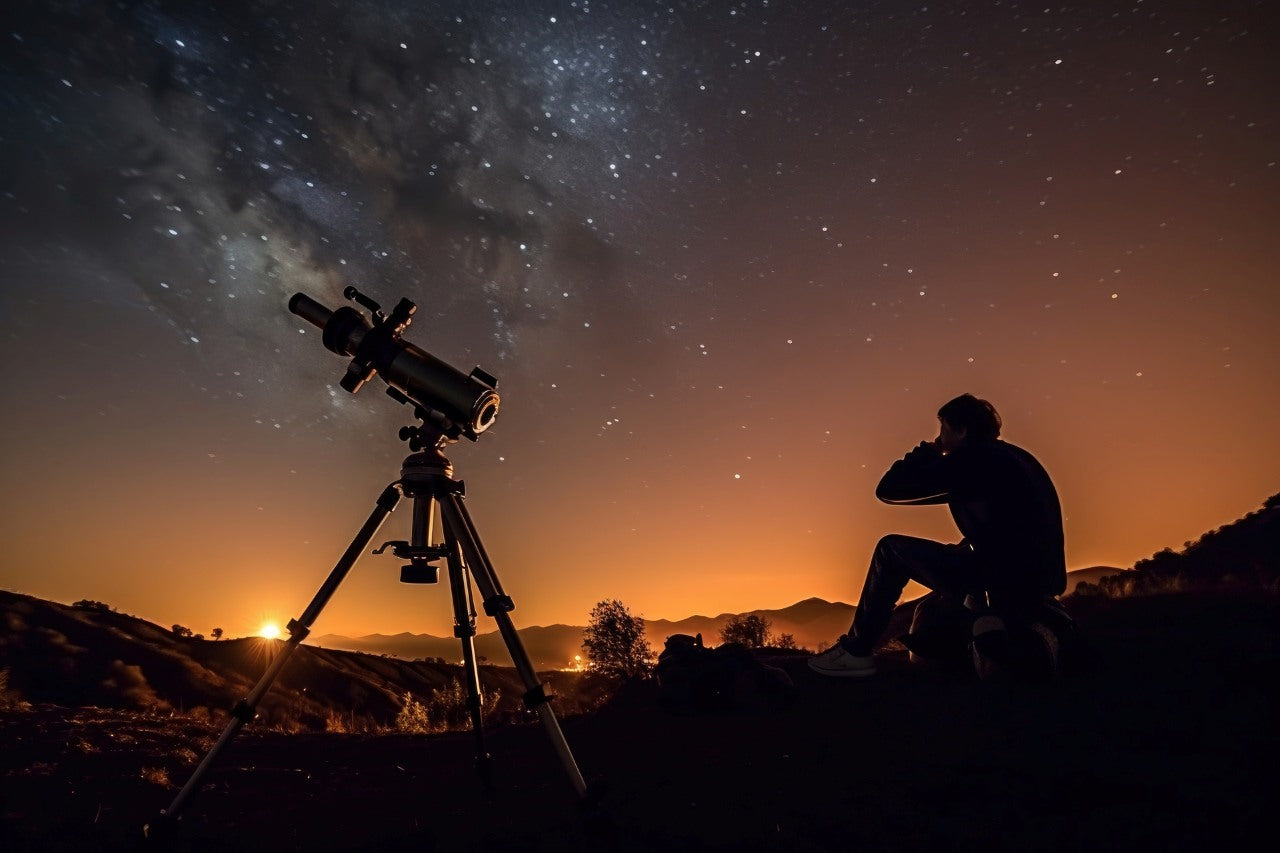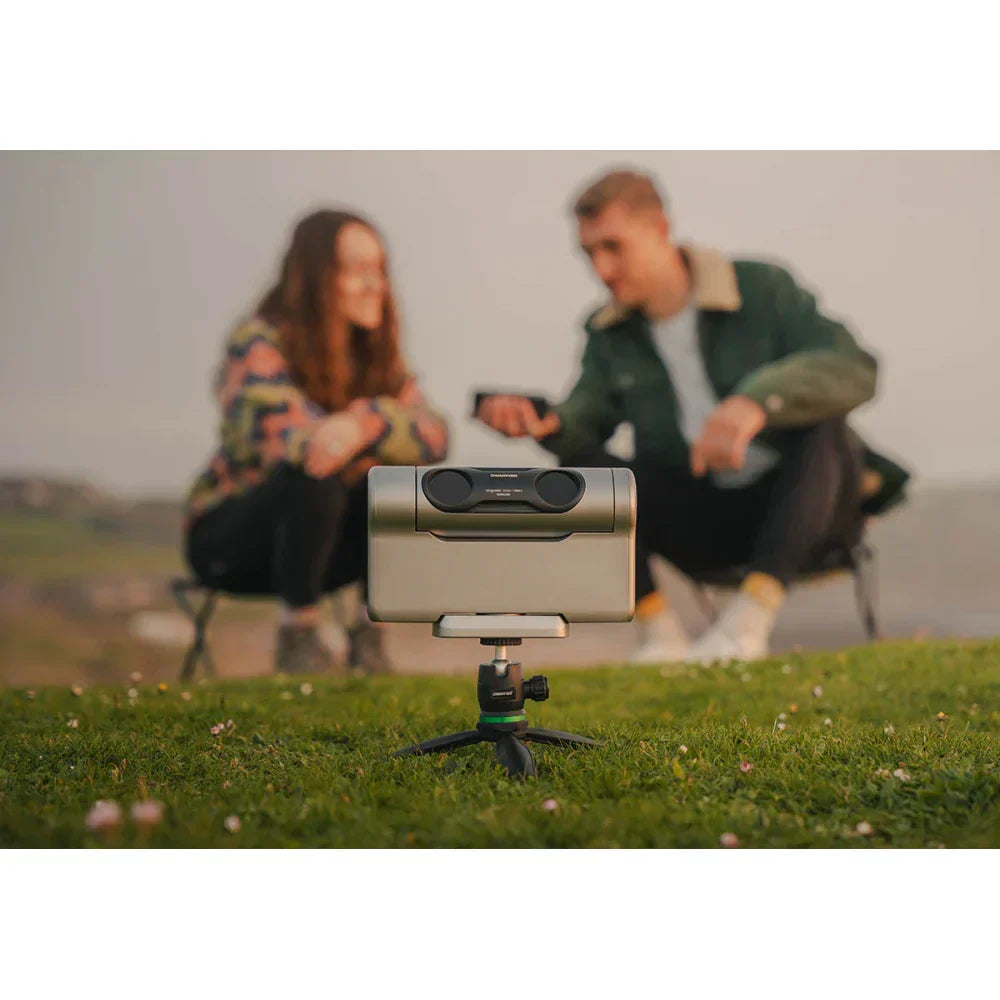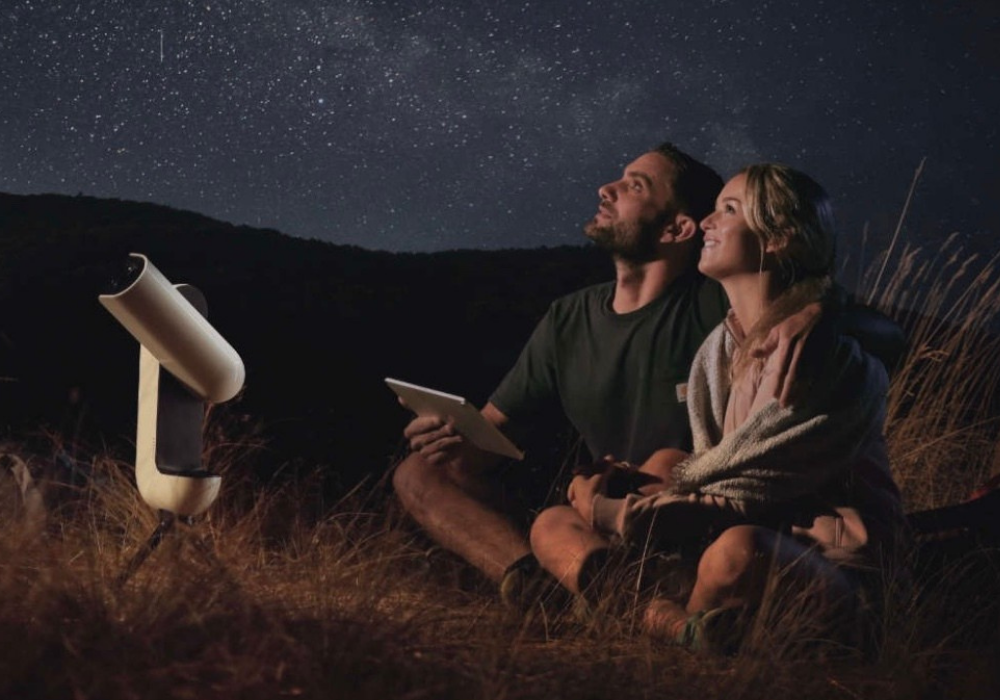These guys managed to send me by next day delivery with the much in demand dwarf 3, I couldn't be more grateful, thanks so much guys, I will be looking here first for what I need.
Shout out for James
Free Shipping On All Orders Over £250
Free Shipping On All Orders Over £250
Your Telescope Buying Guide: Choosing the Right Scope for You or Your Family
28,May ,2025 3 min read

Your Telescope Buying Guide: Choosing the Right Scope for You or Your Family
Whether you’re starting a hobby yourself or looking for a meaningful gift, picking the right telescope doesn’t need to be confusing. At Vega Vision, we’ve helped everyone from curious parents to lifelong stargazers find their perfect setup. This guide is designed to help you identify what suits your needs—whether you want something simple and inspiring or you're seeking hands-on performance and clarity.
What Do You Want to See?
Let’s start with your goals. Telescopes aren’t one-size-fits-all. Here’s what to expect from different styles:
-
The Moon & Planets: Ideal for beginners. You’ll get amazing views with a refractor or compact Maksutov telescope. Think craters, Saturn’s rings, Jupiter’s moons.
-
Galaxies & Nebulae (Deep Sky Objects): You’ll need more aperture—at least 6 inches. Dobsonians and larger reflectors are great for this.
-
A Bit of Everything: A 4"–6" telescope gives a strong balance—portable, versatile, and good for most targets.
Choosing the Right Telescope Type
Here’s a quick comparison to help narrow it down. While every design has strengths, it’s worth noting that no single telescope does it all perfectly—so choose based on what matters most to you:
| Telescope Type | Best For | Pros | Considerations |
|---|---|---|---|
| Refractor | Moon & planets | Low-maintenance, easy to set up | Smaller aperture for cost |
| Reflector | Deep sky objects | Great value, large aperture | Needs occasional collimation |
| Dobsonian | All-round visual use | Excellent light-gathering power | Bulky, needs storage space |
| Smart Telescope | Quick automated use | App-controlled, easy setup | Less manual interaction |
Smart Telescopes: For Plug-and-Play Astronomy
If setup time is your barrier, a smart telescope like the Dwarf 3 or Seestar S30/S50 might be just the ticket. These are ideal for anyone wanting an app-based, intuitive, and inspiring experience.
-
Perfect for busy families: tap and track the Moon, Saturn, or Andromeda in minutes
-
Great for urban settings: built-in stacking improves visibility even in light-polluted skies
They’re not toys—they’re a serious step forward in making astronomy accessible.
Don’t Forget the Mount
A telescope is only as good as its mount. Here’s what matters:
-
Alt-Azimuth (AZ): Easiest to use—up/down, left/right. Ideal for new users.
-
Equatorial (EQ): Tracks the sky as Earth rotates. Essential for astrophotography.
-
GoTo Mounts: Automated systems that find and follow objects. Save time and see more.
Real Scenarios
-
Looking for a fun, educational way to explore the stars with your family? A Seestar S30 gives auto-tracking, lunar imaging, and a stress-free experience from the back garden.
-
Prefer something with more control and visual power? A StellaLyra 8" Dobsonian opens up galaxies, clusters, and nebulae—visually stunning without the need for power or screens.
-
Want to photograph Andromeda? Go smart with the Dwarf 3, or build a rig with an APO refractor and tracking mount. One’s simple and digital, the other is hands-on and manual. Both deliver.

Image by James Cooke - Seestar S50
Frequently Asked Questions
What is the best telescope for a complete beginner?
Smart telescopes like the Seestar S30 or a small refractor on an alt-azimuth mount are perfect to start with—easy to use and low maintenance.
Can I use a smart telescope without any astronomy knowledge?
Yes. Smart telescopes are designed for complete newcomers. You can start observing within minutes using your smartphone.
What can I see with a 6-inch Dobsonian?
Plenty. From detailed lunar views to distant galaxies and nebulae under dark skies—it's a powerhouse for visual observing.
Is a refractor or reflector better for home use?
Refractors are simpler and more compact, while reflectors offer more aperture for the price. It depends on your priorities—ease or performance.
Key Buying Tips
-
Aperture rules. Bigger is better—within reason. It means brighter, more detailed images.
-
Forget extreme magnification. Marketing hype—clarity matters more than zoom.
-
Portability wins. A scope you use regularly beats one that lives in the loft.
-
Budget matters. Under £300 can still deliver fantastic experiences. Smart scopes often include software and cameras.
Where Vega Vision Comes In
We’ve handpicked gear for every level of experience. Whether it’s a gift, a lifelong dream, or just something new to try, we’ve got tools that match your pace, goals, and budget.
Next Step: Explore with Confidence
-
Read our in-depth guide: Seestar vs Traditional Telescopes – Which Is Right for You?
Still unsure? Reach out—we love helping people find the stars.
Also in Learn & Discover Together

Dwarf 3 Smart Telescope – A Practical Look at Features, App and Everyday Use
21,May ,2025 4 min read

Article by:
James Cooke, owner of Vega Vision, brings a wealth of expertise in Celestial (astro) navigation and astronomy. With a degree in Nautical Science and years of experience as a ship's captain, James has applied his practical knowledge of the stars at sea as well as at home. His passion for astronomy and astrophotography, along with his work as a semi-professional photographer with a number of published images, gives him a deep understanding of optics and celestial observation. This expertise translates seamlessly into his role at Vega Vision, where he handpicks high-quality telescopes and optical equipment for his customers. James’s unique blend of technical skill and hands-on experience ensures Vega Vision provides trusted, expert guidance and exceptional products for stargazers, astrophotographers and nature lovers alike.



